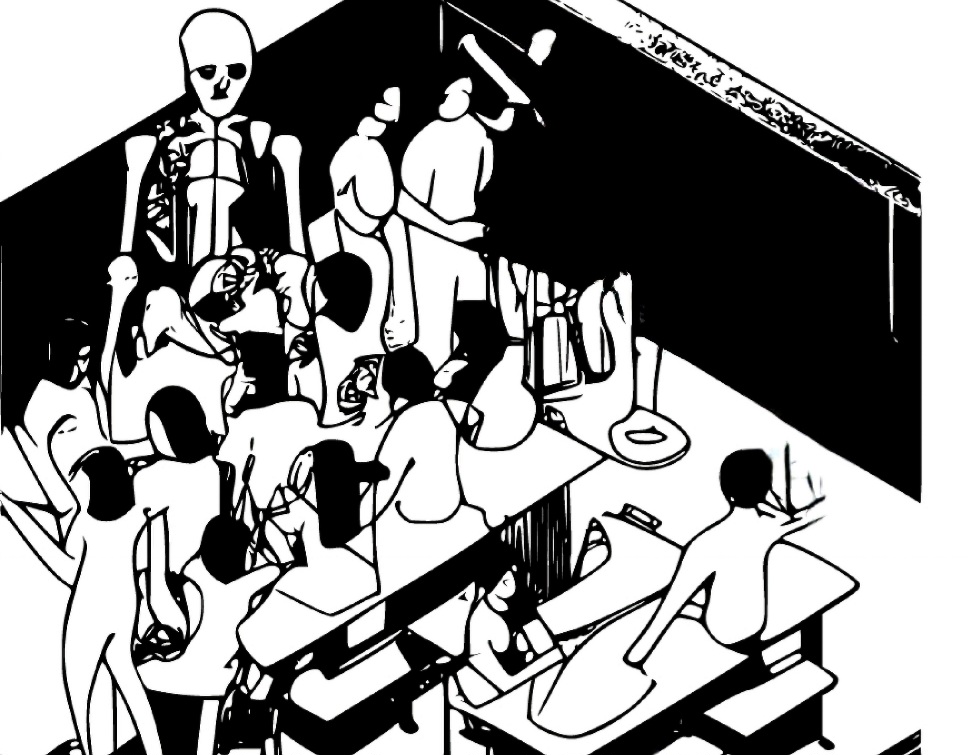Virtual and Cadaveric Dissection in Anatomy Classes
Virtual dissection and cadaveric dissection are two methods used to teach the anatomy of the human body and essential surgical skills to medical students.
Cadaveric dissection, also known as traditional dissection, involves the physical examination and dissection of a cadaver, or human corpse. This method has been used for centuries to teach anatomy and surgical skills to medical students. Cadaveric dissection is considered the gold standard for learning anatomy as it allows students to see, feel and manipulate real human anatomy. However, it has some limitations such as the high cost, scarcity of cadavers, and ethical concerns.
Virtual dissection, also known as digital or computer-assisted dissection, involves the use of technology such as virtual reality (VR) and 3D modeling to simulate the dissection of a cadaver. This method allows students to interact with virtual anatomy in a similar way to traditional dissection, but without the need for physical cadavers. Virtual dissection can provide a more accessible, cost-effective, and ethical alternative to traditional dissection.
Both methods have their pros and cons, and some experts argue that a combination of both methods would be the best approach to teaching anatomy and surgical skills. Virtual dissection can be a great supplement to traditional dissection, providing an additional perspective on the human anatomy, and allowing students to practice procedures in a safe and controlled environment.

